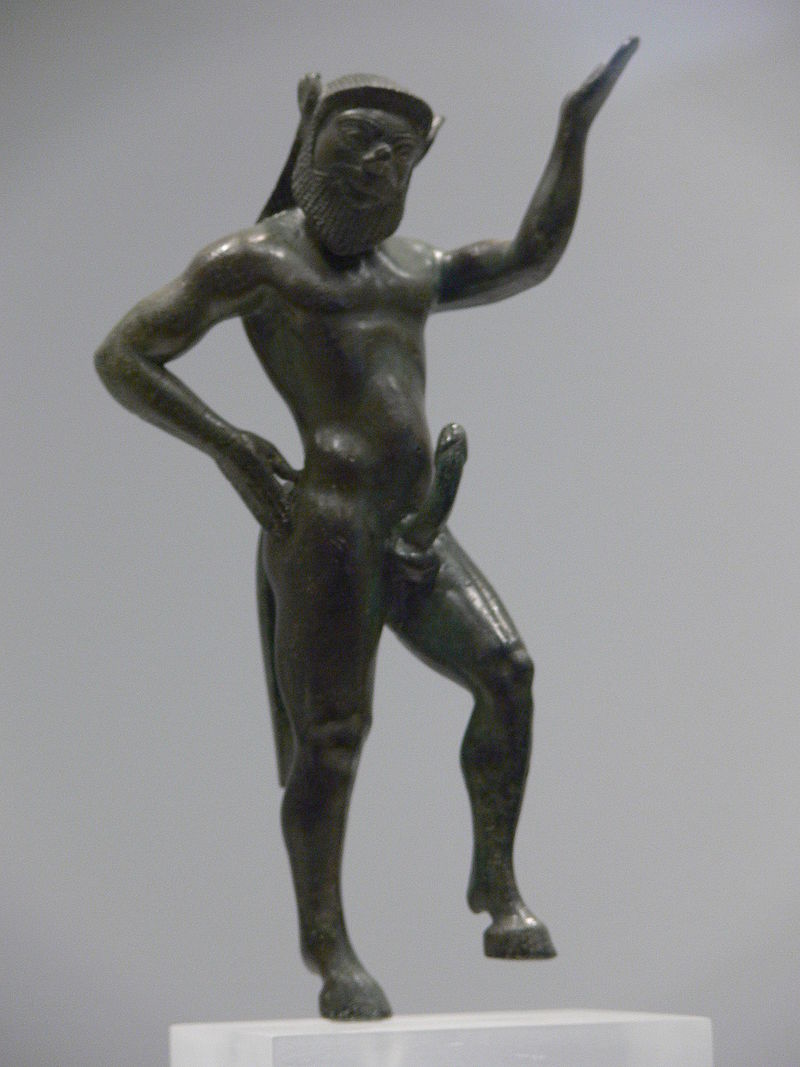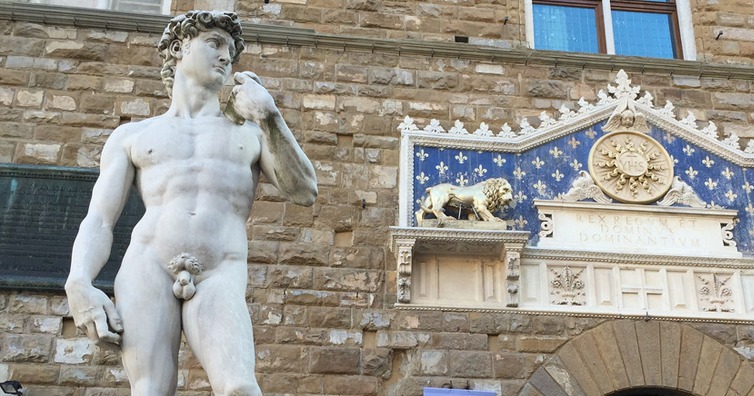Okay, time to confess: how many times have you looked at a classical Greek or Roman statue wondering why all these guys are kind of… small? Well, you’re not alone and apparently there’s a pretty good reason why they are all not very well endowed.
Historian Ellen Oredsson gives us the answer in a pretty cool article in her blog How To Talk About Art History. Focusing on Greek statues that heavily influenced all other European statues, Oredsson gives us two reasons behind the ‘small penis’ phenomenon.
First of all, they’re are flaccid. That being said, if you compare their size to the average flaccid male penis, you’ll most probably find out that they’re not significantly smaller than today’s real-life penises. (the article continues after the ad)
Secondly and most importantly, we have to understand that cultural values considering male beauty were in fact, completely different in ancient Greece. Evidence points to the fact that small penises were considered better that big ones. One possible explanation as noted by Kenneth Dover in his book Greek Homosexuality, is that large penises were associated with ugliness, foolishness and lust. Here’s one example:

To better understand how Greeks considered the ideal male, here’s a passage from Aristophanes’s play, The Clouds, describing what considered beautiful back in the day: “good chest, a clear complexion, broad shoulders, a moderate tongue, sturdy buttocks and a small genteel penis.”
So there you have it. The world can now breathe a sigh of relied as big penises didn’t mean big shots back in ancient Greece.
If you like what you read, then you will definitely love this one: Ultraviolet Light Revealed That Ancient Greek And Roman Statues Were Actually Coloured
Photo: Gary Bembridge / Flickr
Photoshop: I’m A Useless Info Junkie
Sources: “Why do all old statues have such small penises?” (NSFW) | Why do Greek statues have such small penises? | Why Do Classical Sculptures Have Such Small Penises? | Why do Greek statues have such small penises?



